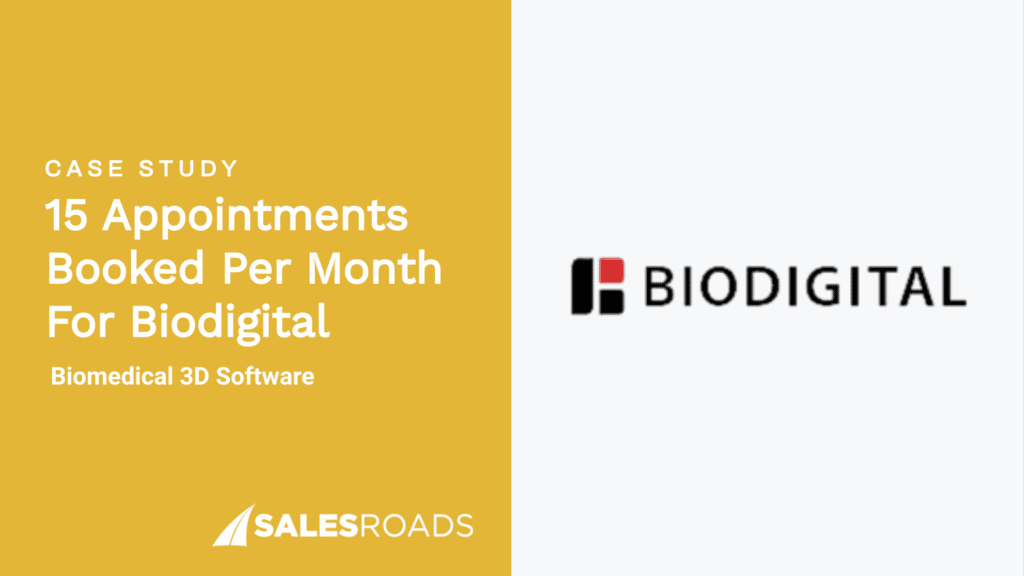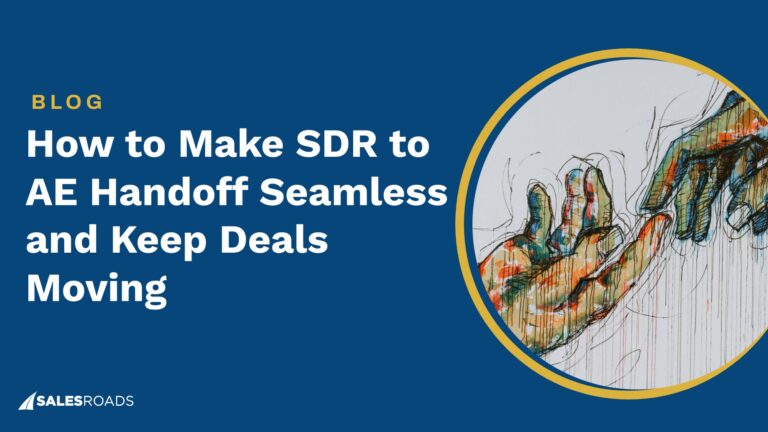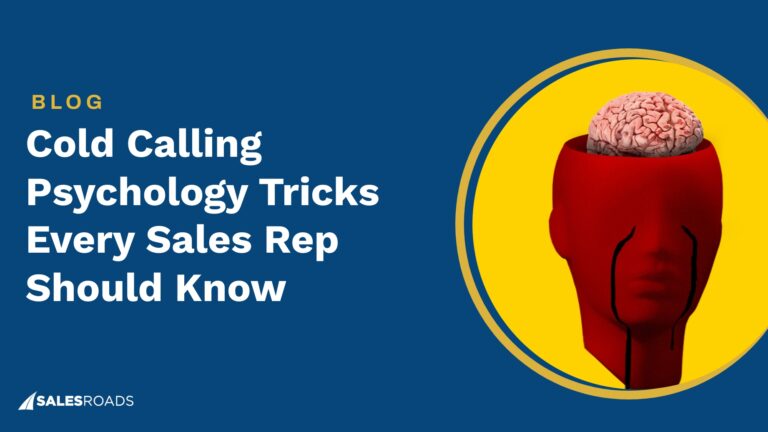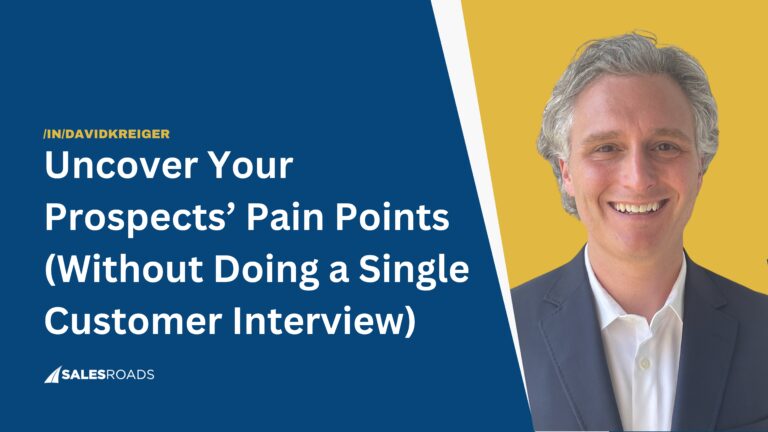The way we think about growth is changing. For years, the sales funnel was the go-to model — a simple, linear path that moved prospects from awareness to purchase. But today’s buyers aren’t following a straight line anymore. They’re more informed, more connected, and expect more from the companies they do business with.
That’s why many businesses are rethinking the classic sales funnel vs flywheel debate. Instead of seeing customers as the finish line, the sales flywheel puts them at the center of your growth strategy, helping you build momentum that doesn’t stop after the deal closes.
What Is the B2B Sales Funnel?
The B2B sales funnel is a traditional model that maps the customer journey from awareness to purchase. It visualizes the steps a buyer takes, starting wide at the top with prospects and narrowing down to those who actually buy. Each stage — awareness, interest, consideration, intent, evaluation, and purchase — moves prospects closer to becoming customers.
The sales funnel gives sales teams a clear structure to guide prospects through the buying process. By understanding where a prospect is in the funnel, reps can tailor their approach to meet specific needs and overcome objections.
It’s a simple, proven system that helps drive deals forward. However, many companies today are rethinking the traditional funnel vs flywheel approach.
While the sales funnel focuses on pushing prospects toward a sale, it often treats customers as the end of the process. In contrast, the sales flywheel puts the customer at the center, recognizing that customer satisfaction drives growth.
Understanding the sales funnel vs flywheel dynamic is important for B2B companies that want to modernize their approach. Both have value, but businesses need to decide which model better supports long-term growth and customer loyalty.
What Is the Flywheel Model?
Invented by James Watt, the flywheel is a wheel that’s incredibly energy-efficient. The amount of energy it stores depends on how fast it spins, how much friction it encounters, and its size — think of it like the wheels on a train or a car.
It focuses on three key stages — attract, engage, and delight — cycling around the central goal of growth:
This idea is especially helpful when thinking about how customers can drive your business growth.
In traditional models, all the energy spent acquiring them is used up, leaving you back at square one. But with the flywheel, you use the momentum of happy customers to drive referrals and repeat sales, keeping your business spinning and accelerating over time.
When you think about your business as a flywheel, you make different decisions and shift your strategy to prioritize customer success and long-term momentum.
Key Differences Between the Sales Funnel and Flywheel
Understanding the differences between the sales funnel vs flywheel models can help B2B salespeople close more deals and create a stronger customer experience.
Here are the key differences between the sales funnel vs flywheel:
Process Flow
The sales funnel follows a straight, downward path. You start by attracting leads, working them through the stages, and eventually closing the sale. Once the customer buys, the funnel ends.
Every new sale means starting the process all over again from the top.
The sales flywheel, however, is circular. It never stops spinning. Instead of viewing customers as the end point, the flywheel treats them as an essential part of ongoing growth.
Happy customers feed energy back into your business, leading to referrals, upsells, and repeat business.
Focus
In the sales funnel, the focus is mostly on closing the deal. Sales reps are trained to move prospects through the stages efficiently. Once the sale is complete, attention shifts to new leads.
The sales flywheel shifts the focus to the customer experience. It’s not just about winning new customers; it’s about delighting them so they become your biggest advocates. Sales, marketing, and service teams work together to keep the flywheel moving.
Energy Source
The energy source in the sales funnel comes mainly from the company’s sales and marketing efforts. You need to constantly push new leads into the top of the funnel. If you stop feeding it, sales slow down.
In the sales flywheel, your customers become your biggest source of energy. Satisfied customers promote your brand, reducing the pressure on your sales team. Referrals, reviews, and repeat business add momentum to your flywheel without as much heavy lifting.
End Goal
The end goal of the sales funnel is the sale itself. Closing deals is the primary measure of success. After the sale, many companies move on to the next prospect.
In the sales flywheel, the sale is just the beginning. The goal is to create promoters — customers who are so satisfied that they help your business grow. Instead of ending the journey at the sale, the flywheel keeps customers engaged and builds loyalty over time.
Why Some B2B Companies Are Moving Toward the Flywheel Model?
It comes down to how buyers behave today. B2B buyers do more research on their own. The research shows that 50% of buyers make up their minds before talking to sales reps, so they expect better experiences.
This changing landscape makes the funnel vs flywheel conversation more important than ever.
Companies that adapt by putting customers at the center of their strategy are seeing real, sustainable growth.
The Rise of Customer-Led Growth
In the old days, marketing and sales controlled the buyer’s journey. Now, buyers take control. They find information, read reviews, and talk to their peers.
This is where the sales flywheel shines. Instead of focusing only on pushing leads down a pipeline, the flywheel builds momentum by turning satisfied customers into promoters.
Their advocacy brings in new leads naturally, reducing the cost and effort needed for growth.
The Role of Customer Experience in B2B Success
B2B buyers expect more than just a good product — they want a great experience. Smooth onboarding, proactive support, and real value after the sale make all the difference.
The sales flywheel model places customer experience at the core. Happy customers stick around longer, spend more, and refer others. It’s a smarter way to fuel business growth without constantly chasing new leads.
How Technology Enables the Flywheel Approach
Modern tools make the flywheel model easier to implement than ever. CRM platforms, automation tools, customer feedback software, and marketing analytics all help track customer satisfaction and engagement.
With the right technology, B2B companies can reduce friction at every stage — from marketing to sales to support. This keeps the flywheel spinning faster and ensures that every customer interaction builds momentum.
How to Transition from a Funnel to a Flywheel Strategy
Making the shift doesn’t happen overnight, but the benefits are worth it.
Transitioning from the sales funnel to flywheel requires a mindset change from focusing solely on closing deals to building lasting customer relationships that power future growth.
Audit Your Current Sales Process
Start by looking closely at your existing sales process. Where does it end? Are customers treated as an afterthought once the deal closes?
Mapping out your current sales activities helps you spot gaps. Look for friction points where customers might feel abandoned or frustrated. Your goal is to find ways to keep the momentum going after the initial sale.
Align Sales, Marketing, and Customer Success Teams
One big shift from the sales funnel to the sales flywheel is breaking down silos between teams. In a funnel model, marketing, sales, and customer success often operate separately.
With the flywheel, these teams work together to attract, engage, and delight customers continuously. Collaboration ensures that everyone is aligned around a single goal: customer-driven growth.
When you compare funnel vs flywheel approaches, team alignment is one of the biggest drivers of flywheel success.
Measure What Matters: Momentum Over Transactions
Traditional sales metrics like leads generated and deals closed still matter. But with a sales flywheel approach, you also need to track customer satisfaction, referral rates, and customer lifetime value.
Success isn’t just about how many deals you close — it’s about how much momentum your customers create for you after the sale.
Can You Combine Both Models?
If you’re wondering whether to transition from the sales funnel to the flywheel approach, the good news is you can combine both models to create a strategy that fits your business best.
Think of the sales funnel as your starting point. Use it to guide new prospects through the awareness, consideration, and decision stages. It’s a great tool for moving leads toward an initial sale with clarity and focus.
Then, once the sale closes, the sales flywheel kicks in. Instead of ending the relationship, you keep delighting customers with great service, strong support, and ongoing value.
This builds trust, loyalty, and advocacy — all essential for sustainable growth.
Bottom Line
The sales funnel helped businesses grow in the past, but today’s world demands more. The sales flywheel is a smarter way to build momentum, loyalty, and long-term success.
If you want to create a business that grows because your customers want to spread the word, not because you have to push harder every quarter, it’s time to rethink the sales funnel vs flywheel debate — and make the shift.











